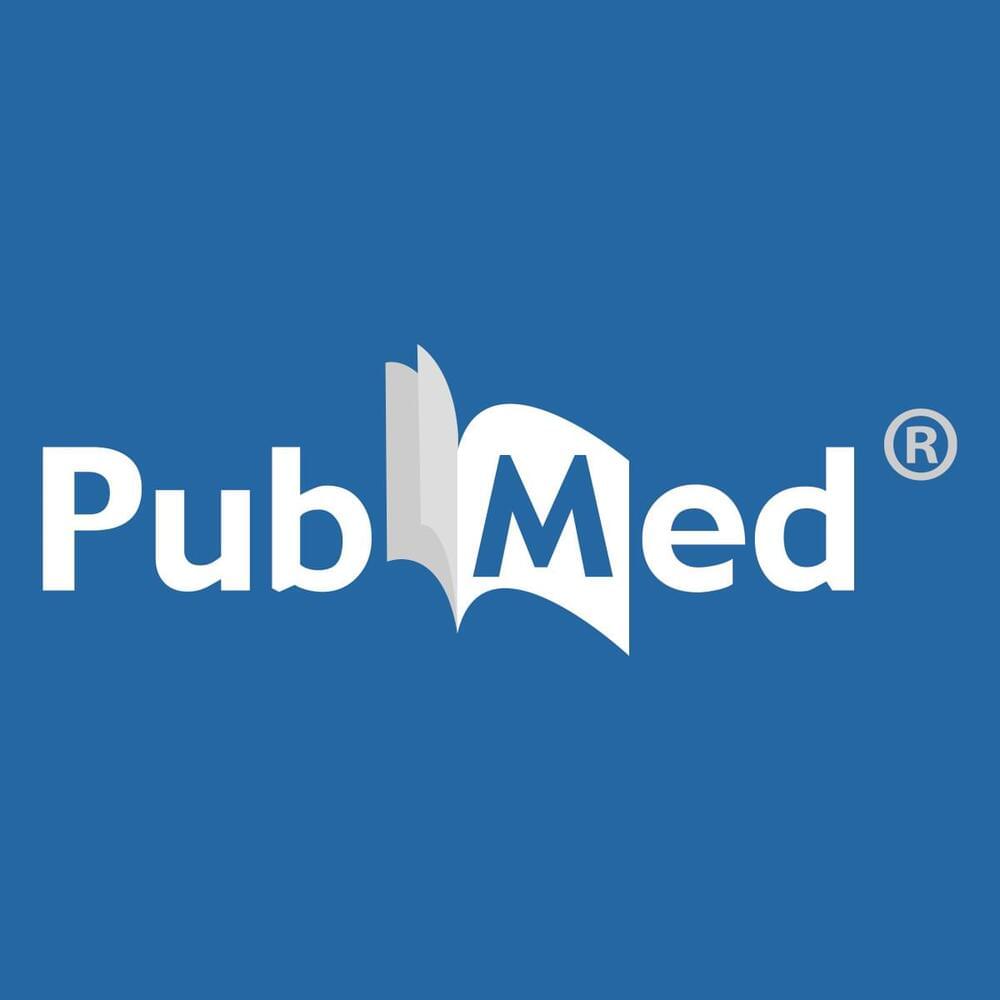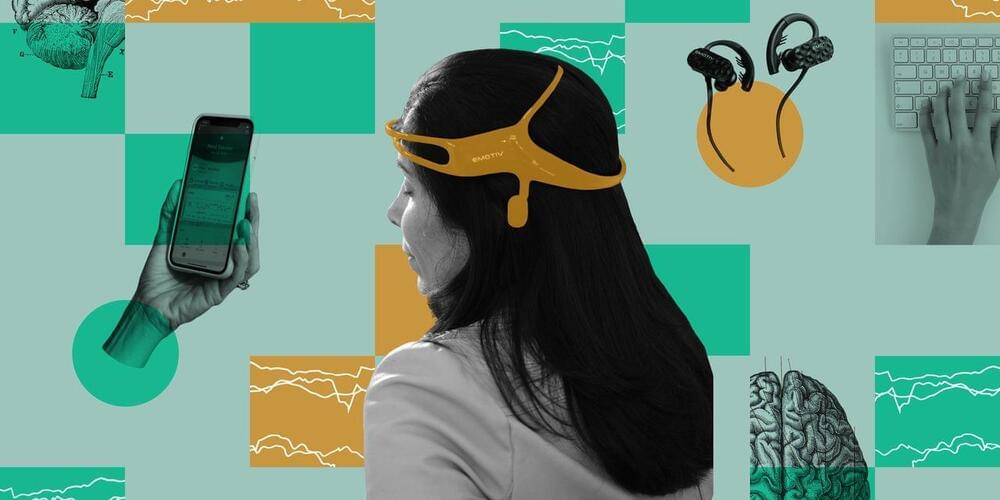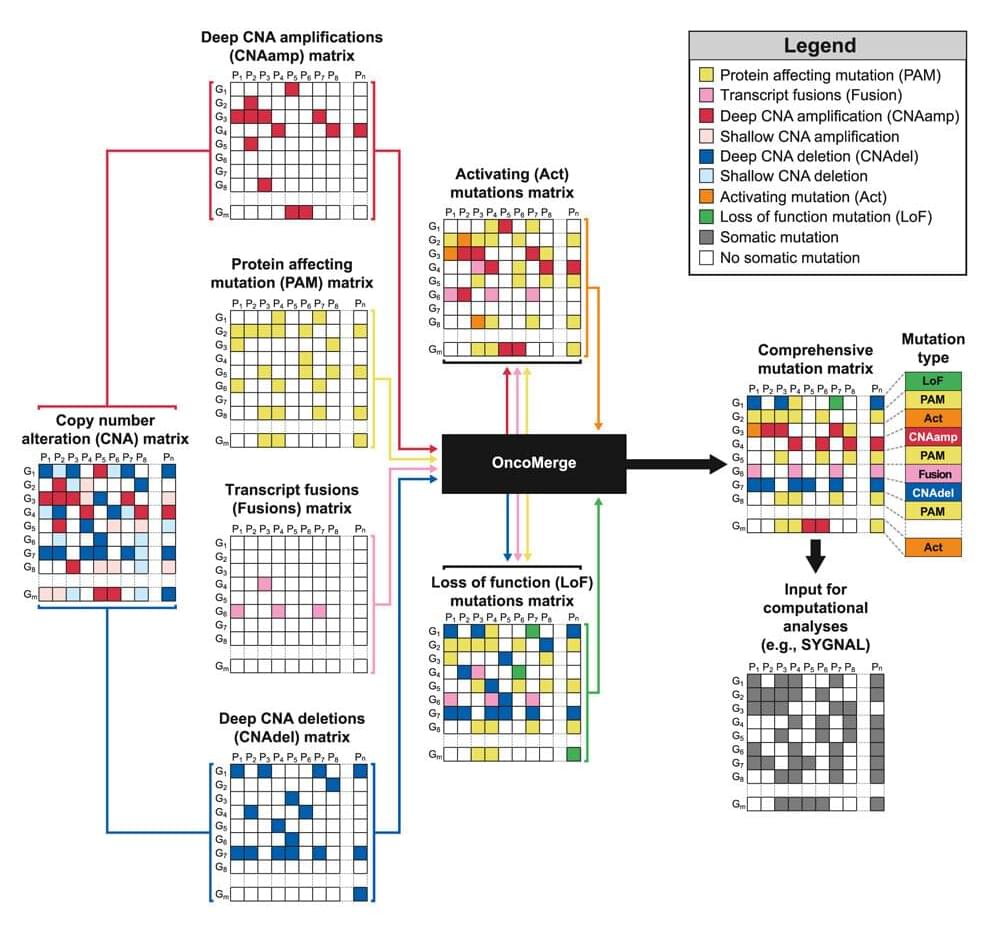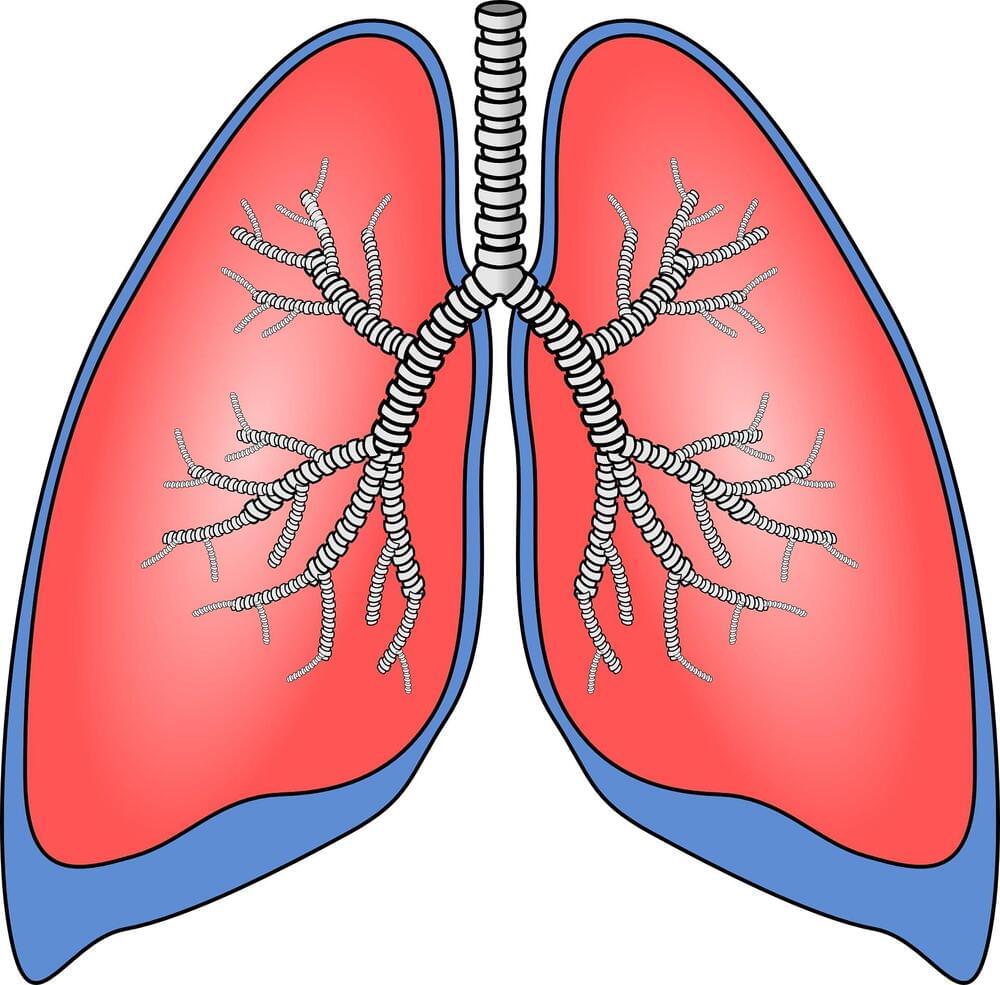The remarkable physicochemical properties of the natural nucleic acids, DNA and RNA, define modern biology at the molecular level and are widely believed to have been central to life’s origins. However, their ability to form repositories of information as well as functional structures such as ligands (aptamers) and catalysts (ribozymes/DNAzymes) is not unique. A range of nonnatural alternatives, collectively termed xeno nucleic acids (XNAs), are also capable of supporting genetic information storage and propagation as well as evolution. This gives rise to a new field of “synthetic genetics,” which seeks to expand the nucleic acid chemical toolbox for applications in both biotechnology and molecular medicine. In this review, we outline XNA polymerase and reverse transcriptase engineering as a key enabling technology and summarize the application of “synthetic genetics” to the development of aptamers, enzymes, and nanostructures.
Copyright © 2019 Cold Spring Harbor Laboratory Press; all rights reserved.








